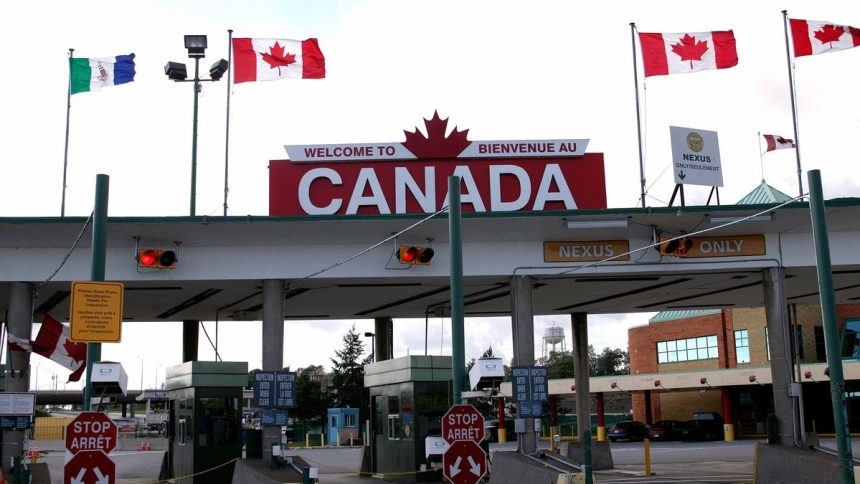Canada’s new program to entice H-1B visa holders to the country attracted so many applications that the 10,000 limit was reached in less than 48 hours. The response is likely a warning sign to U.S. policymakers that many highly sought foreign-born scientists and engineers in the United States are dissatisfied with the U.S. immigration system and seeking other options. Canada may reopen the program and accept more applications if it finds not all applicants are approved and entered the country to work.
10,000 Application Limit For H-1B Visa Holders Reached Quickly
On June 27, 2023, Minister of Immigration, Refugees and Citizenship Sean Fraser announced Canada’s “Tech Talent Strategy,” including a new program to provide open work permits for 10,000 H-1B visa holders. Only the principals would count against the limit, although spouses and children 16 or older would be eligible to work. In the United States, typically, only the spouses of H-1B visa holders with pending green card applications receive employment authorization.
“As of July 16, 2023, H-1B specialty occupation visa holders in the US, and their accompanying immediate family members, will be eligible to apply to come to Canada,” according to a Canadian government Backgrounder. “Approved applicants will receive an open work permit of up to three years in duration, which means they will be able to work for almost any employer anywhere in Canada.”
The online application process for H-1B visa holders started on July 16th, but on July 17th potential applicants received a message stating: “You can no longer apply: We reached the cap of 10,000 applications for this initiative on July 17, 2023.” Analysts consider this an overwhelming response.
Will Canada Reopen The Application Process For H-1B Visa Holders?
Attorneys believe Canada may reopen the application process after it determines the number of individuals who applied and did not follow through in coming to Canada.
“What normally happens is, after you fill out your forms, they say, congratulations,” said Peter Rekai, senior partner of Rekai LLP in Toronto. “If you’re a person who needs a visa, you submit your passport. If they don’t submit their passports, you know those positions have not been used, and they have opted out. If they do submit their passports and they get a visa stamp in it and the work permit authorization, then they have to cross the border with the authorization. If they don’t cross the border with the authorization, it doesn’t become active. The government would then be able to determine how many people actually activated these work permits.”
David Crawford, a partner with Fragomen in Toronto, agrees with Rekai that the Canadian government will evaluate the intake of current applications before committing to further actions. “I am sure that officials will open up to more applications in due course,” said Crawford. “They will have to sift through what they have, and I assume that some applications will be incomplete and/or ineligible. Once they learn the numbers and have a feel for how many will take up the opportunity, they can commit to the next steps.”
Rekai thinks it will likely be months before the Canadian government can determine how many people have followed through and entered Canada to work. He cites a Canadian program for sponsoring parents and grandparents where the government opened up additional spots after a period of evaluating eligibility.
What Will Happen To The Canada Program In 2024?
The fate of the Canadian program for H-1B visa holders likely rests on what happens with the current crop of applicants. “I think the government will evaluate how this went,” said Peter Rekai. “First, see how many people came in and try to determine whether people with open work permits got jobs quickly in Canada and get feedback from the industry. Officials will determine the success of the program and then decide next year.”
David Crawford sees a similar process. “The Government of Canada will probably want to see how many enter using this program to measure success, but I am sure that it has introduced this category in the hope that it will be a new and valuable source of prospective immigrants.”
Unlike in the United States, Canadian Minister of Immigration, Refugees and Citizenship Sean Fraser has wide latitude in adding or modifying temporary worker programs.
Read the full article here










